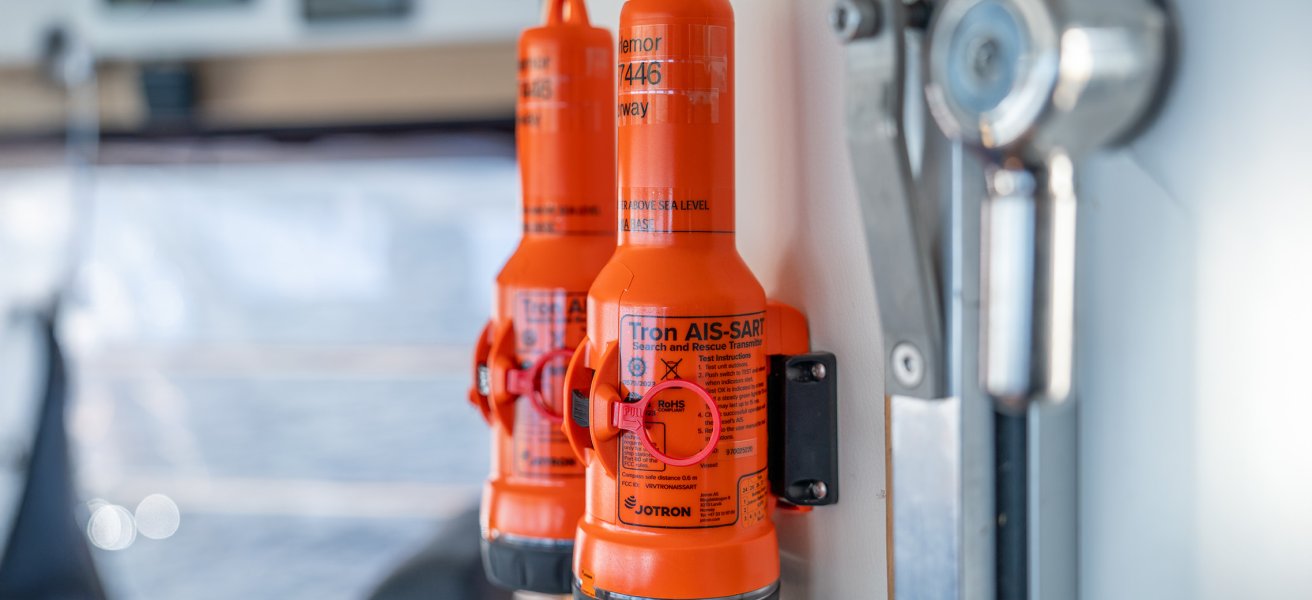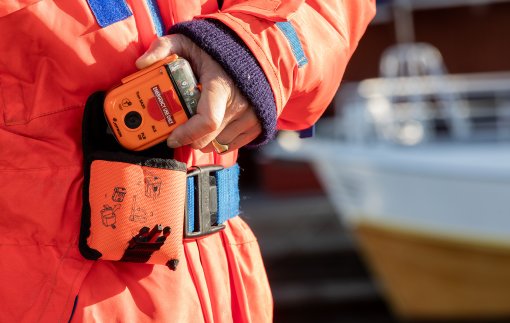Product certification for Search and Rescue Transponder or Transmitter
Correct and valid product certification for a Search and Rescue Transponder or Transmitter is essential for regulatory compliance. Meeting the latest product standards, approvals and certifications give the shipowner and the crew a confidence that the mandatory products the ship carries are of the best quality available.

The importance of precise and legitimate product certification
Regulatory compliance
Legal requirements
Many countries have stringent regulations, requiring products to be certified before they can be sold. For instance, electrical appliances in the EU must have the CE mark to indicate compliance with safety standards. For maritime products compliant with regulations by the International Maritime Organisation (IMO), the International Convention for the Safety of Life at Sea (SOLAS) and the Global Maritime Distress and Safety System (GMDSS), approvals and certifications under the EU Marine Equipment Directive (MED) and the US Federal Communication Commission (FCC) are required. In addition to product related approvals and certifications, quality systems like various ISO standards often go “hand in hand” with the approvals on a product level.
Market access
Products without proper certification can be barred from entering or being sold in specific markets. It is important to underline the fact that an approval and/or certificate must always meet the latest revision. At the same time a market can grant a transition period between an old revision and a new revision.
GMDSS safety equipment like SART, EPRIB and portable GMDSS VHF radio must meet the requirements according to both MED and FCC. Under the MED requirement, these products must be approved and certified according to MED B, which is the product approval and certification. In addition, the MED requirement demands that the manufacturer of a MED-B approved product, must also be certified according to MED-D. Both MED-B and MED-D approval and certification are performed through an external accredited organization or company. A product approved according to MED under MED-B and MED-D, will have a “wheelmark” sticked onto the product.
To enter the US market, the SART must meet the requirement of FCC and the Radio Technical Commission for Maritime Service (RTCM). Typical applying process is first to apply to the United States Coast Guard (USCG). Then, apply to FCC after receiving a USCG verification. A product granted an FCC approval is issued with a unique FCC ID. This ID must be physically marked onto the product’s sticker.
In addition to the MED and FCC approval and certifications, there are several others on a national basis. The Australian Maritime Safety Authority (AMSA) for the Australian market, the National Telecommunications Agency (ANATEL) for the Brazilian market and the China Classification Society (CCS) for the Chinese market to mention a few. When it comes to be granted a formal approval and certification, these certificates require close to the same processes as under MED and FCC
Innovation and improvement
Technological advancement: Certification often requires keeping up with the latest standards and technologies, driving innovation. For example, the ISO 9001 certification encourages companies to continuously improve their quality management systems.
Industry leadership: Companies achieving certifications are often seen as leaders in their industry, setting benchmarks for quality and safety.
Customer satisfaction and loyalty: GMDSS safety equipment are products under international and national regulation, thus a mandatory equipment for most commercial vessels, including fishing boats. According to GMDSS requirement, SARTs are under annual inspections by a radio surveyor. Consequently, keeping a filed copy of the products’ certifications and approvals on board is required. For a vessel owner and the crew, it is vital to know their equipment meets and approves according to valid standards.




